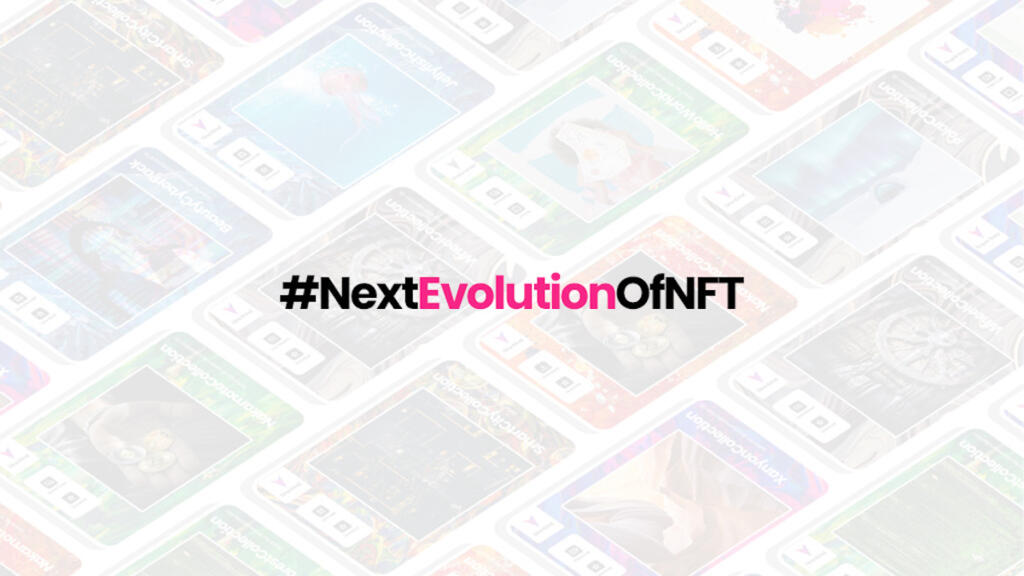NFTs are good for a great many things, but one thing they have proven ill-suited for is retaining their value. Non-fungible tokens that made their collectors rich in 2022 have had the reverse effect in 2023, as the entire sector has shed billions from its market capitalization. But while speculative demand for NFTs has subsided, new applications for the token standard are emerging. Leading this drive is Enevti, which believes the humble NFT has the potential to drive real-world utility.
The Indonesian startup, whose layer1 NFT network is built using Lisk, sees a myriad of use cases for non-fungible tokens, starting with ticketing. If the future of consumer engagement lies in web3, projects like Enevti are compelled to educate the masses on the upside to NFTs – which means separating speculation from practical application.
From Indonesia to the World
Indonesia isn’t famed as a hotbed of crypto innovation, but in Enevti it’s got a startup that’s proud of its origins, even while its focus is on shipping solutions that can serve the world. Specifically, the layer1 NFT network is targeting “web 2.5” users. That is, the millions of web users who lie at the intersection of web2 and web3. They predominantly use web2 products but have some experience of web3, be it through purchasing crypto, trading NFTs, or utilizing decentralized identifiers (DIDs). They’re mainly millennial or younger, and are either tech-savvy or at the very least comfortable with trying emerging technology.
So what does Enevti have to offer this sizeable tranche of web users? For now, it offers an NFT platform that can be used to help connect fans and their favorite influencers. A way of supercharging engagement and unlocking opportunities for creators to interact directly with their most loyal supporters, who can in turn reap the rewards and unlock unique experiences. But this is merely the first phase in Enevti’s ambitious roadmap: it ultimately has a lot more in store, with NFTs serving as the vehicle that will make it all possible and Lisk forming the blockchain stack upon which everything is anchored.

No Code, No Problems
From a technical perspective, Enevti’s vision of a web3-powered internet is brought to life using Lisk, whose no-code blockchain forms the base layer. Enevti is in the process of integrating Lisk SDK v6 which will support interoperability with the Lisk mainnet. From a developer perspective, this provides access to a scalable web3-friendly blockchain on demand without needing to get bogged down in deployment and maintenance. As a result, Enevti’s developer team is free to focus its efforts higher up the stack to deliver a consumer-facing product that is easy to use.
Web3 projects that are building consumer solutions favor abstracting the blockchain layer as much as possible, focusing instead on UX and ensuring that user experience doesn’t stray too far from the web2 world they are accustomed to. Enevti accords to this model: while it makes no secret of its web3 stack, and the components that make it all possible, it’s very much dedicated to optimizing the application layer, since it is here that web3 impressions are made. If Enevti can demonstrate that NFTs have utility beyond speculative value, it has the potential to onboard millions to web3 while simultaneously solving challenges ranging from ticketing fraud to fueling the creator economy.
Reimagining NFTs
Whatever way you slice the data, demand for NFTs is down. While the decline in speculative usage mirrors that of traditional crypto assets, NFTs have the potential to be used for much more than trading. But for that to happen, there needs to be a sea change in how consumers view non-fungible tokens. Enevti believes that mainstream adoption of NFTs will come when they are deployed to solve specific problems that other technology is ill-suited to achieving, and it believes it’s found one such use case in ticketing.
It’s no secret that NFTs can potentially solve many of the problems endemic to the ticketing industry, including scalping and price gouging, but they’ve yet to be seriously adopted for this purpose. NFT proponent Gary Vaynerchuk has enthused about this, predicting “in five years there’ll almost be no reason to not make every ticket an NFT,” but others are more cautious. As Mark Cuban points out, doing so means “you’ve got to deal not just with crypto literate people, but with non crypto literate people as well.”
It’s here that Enevti believes it can work some magic, supporting collectible tickets that simultaneously provide event verification while serving as a digital memento of the occasion. Somewhere at the intersection of collectibles, gaming and events, there’s a ticketing solution that captures the best elements of blockchain and NFTs, such as proof of authenticity, and wraps it all into a consumer-friendly package that has an extremely shallow learning curve.
Enevti reckons this represents the future of NFTs, and it’s now on a mission to make that vision a reality. While speculation will always be a part of ownership, there may one day be far more pragmatic reasons to keep NFTs in your digital wallet.



